

EASTER ORDERS ARE CLOSED!
Wishing everyone a Happy Easter


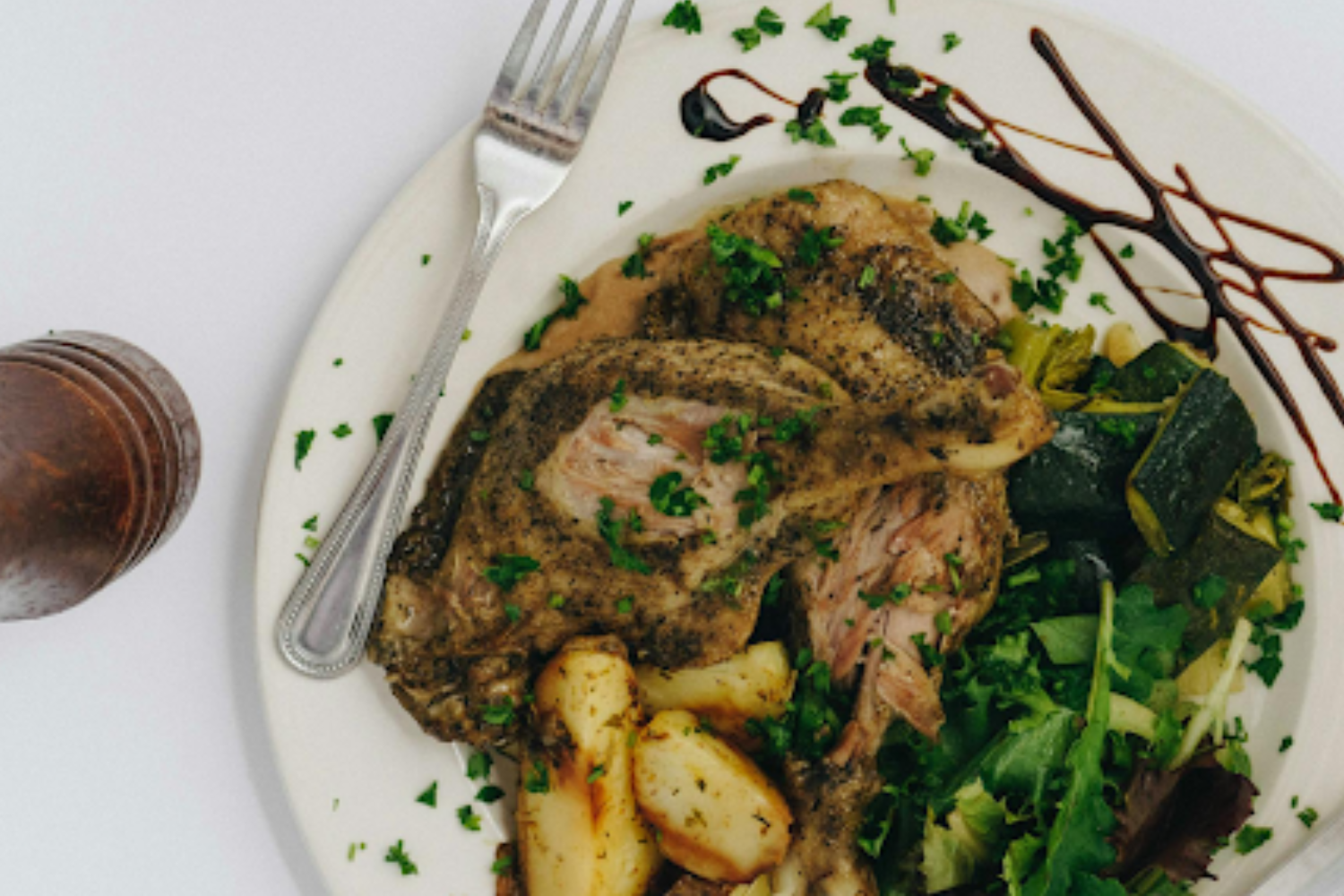
Pork or beef? Always choose a balanced diet.
Conversations about red meat often include the two most popular options, which are pork (pig meat) and beef (cattle meat). Both are sought-after for a reason—they’re versatile, flavourful and easily accessible. But which one is better?
In this in-depth comparison, we’ll explore everything you need to know about pork vs. beef, including their nutritional profiles, culinary applications, availability, and more.
Eating pork or beef is excellent if you’re loading on high-quality protein. In fact, a single 3-ounce serving of cooked pork tenderloin packs around 26 grams of protein, while the same amount of ground beef clocks in at a similar 25 grams.
The protein found in both meats isn’t just a filler, either—it boasts a complete amino acid profile, meaning it contains all nine essential amino acids that our bodies can’t produce on their own. These essential amino acids are vital for building and repairing tissues, keeping us feeling energised and supporting a healthy metabolism.
However, there can be slight variations in the specific amino acid profile between pork and beef. Beef tends to be a slightly richer source of leucine, an amino acid that plays a key role in muscle protein synthesis. If you’re an athlete or someone focused on building muscle mass, beef might offer a slight edge.
Fat often gets a bad rap, but it’s actually an essential part of a healthy diet. The key is understanding the difference between the good guys and the bad guys when it comes to fats. There are two main types: saturated fats and unsaturated fats.
Saturated fats, found in high concentrations in conventional meat and processed food, have been linked to an increased risk of heart disease when consumed in excess.
On the other hand, unsaturated fats are actually beneficial for heart health and can help lower bad cholesterol levels. They come in two varieties: monounsaturated fats (think olive oil and avocados) and polyunsaturated fats (think fatty fish and some vegetable oils).
How does pork and beef stack up in the fat department? Here’s a quick breakdown:
Grass-fed beef is also becoming increasingly popular and is often touted for having a healthier fat profile—with a higher ratio of good-for-you unsaturated fats to saturated fats.
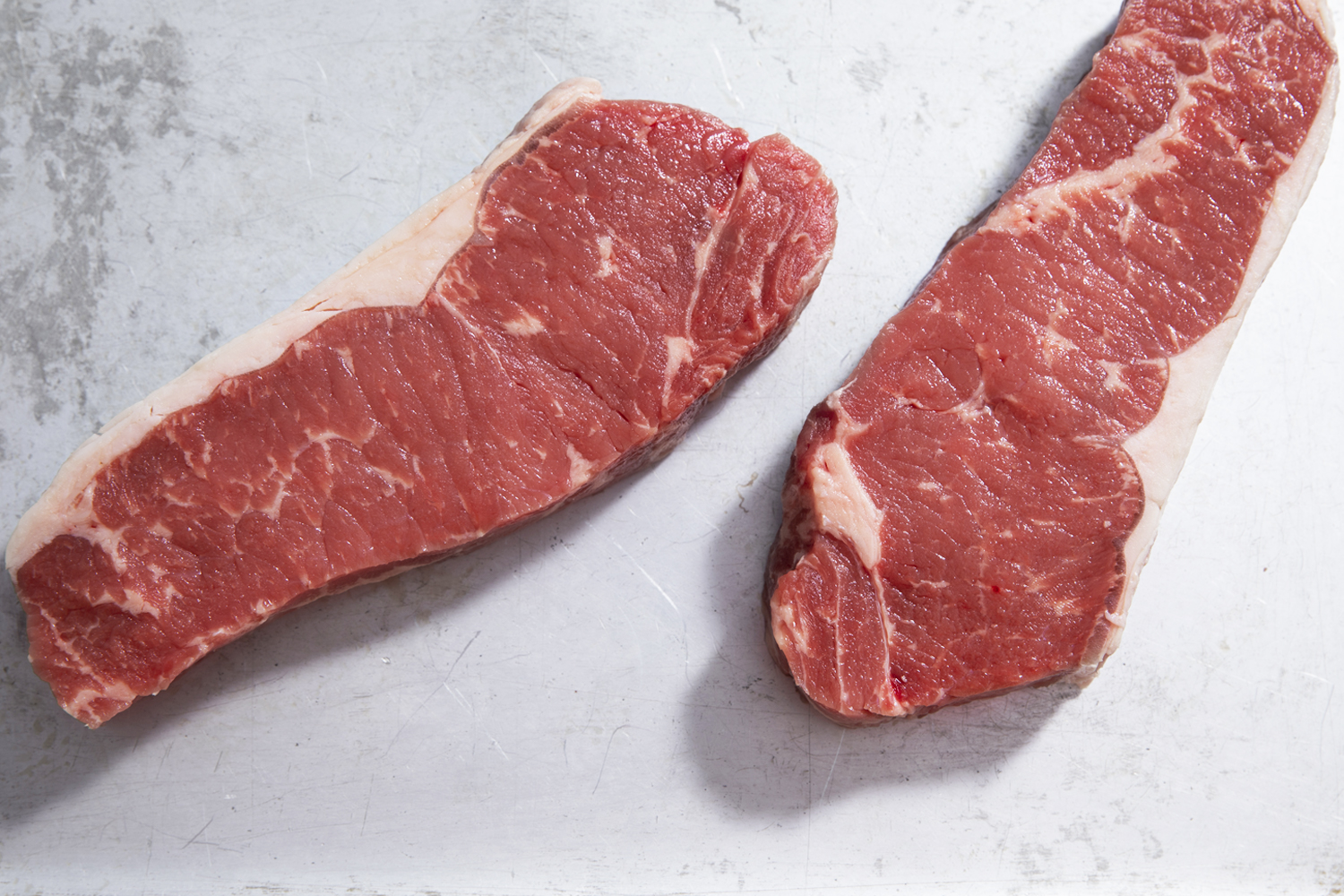
You can’t go wrong with sirloin steak, especially if it’s from Andrews Meat Industries. Order at Manettas today!
Both beef and pork bring a load of micronutrients to the table. Below is a general comparison, as specific vitamin and mineral content can vary depending on the cut and how the meat is cooked.
Let’s make beef and pork consumption more exciting. Both meats offer stunning versatility in the kitchen, but they each shine in their unique ways.
Cooking methods also play a big role in texture. For example, slow-cooking pork shoulder results in a beautifully fall-apart texture, perfect for pulled pork sandwiches or succulent braises.
Similar to pork, cooking methods significantly impact texture. A perfectly grilled ribeye will have a delightful sear on the outside and a juicy, tender interior, while a slow-cooked brisket will become melt-in-your-mouth delicious.
You’ll never run out of dishes to cook, with beef and pork being the most popular red meats. Here’s a quick rundown of some popular methods and their ideal cuts:
Braising: For tougher cuts like pork shoulder or beef shank, braising is ideal. I
| Reminder: Cook your meat safely. It goes without saying that undercooked pork or beef poses health risks, including bacterial infections. |
From the smoky and sweet flavours of Chinese char siu pork to the rich and hearty flavours of Italian beef ragù, these red meats can be adapted to suit any palate. Here are just a few examples:
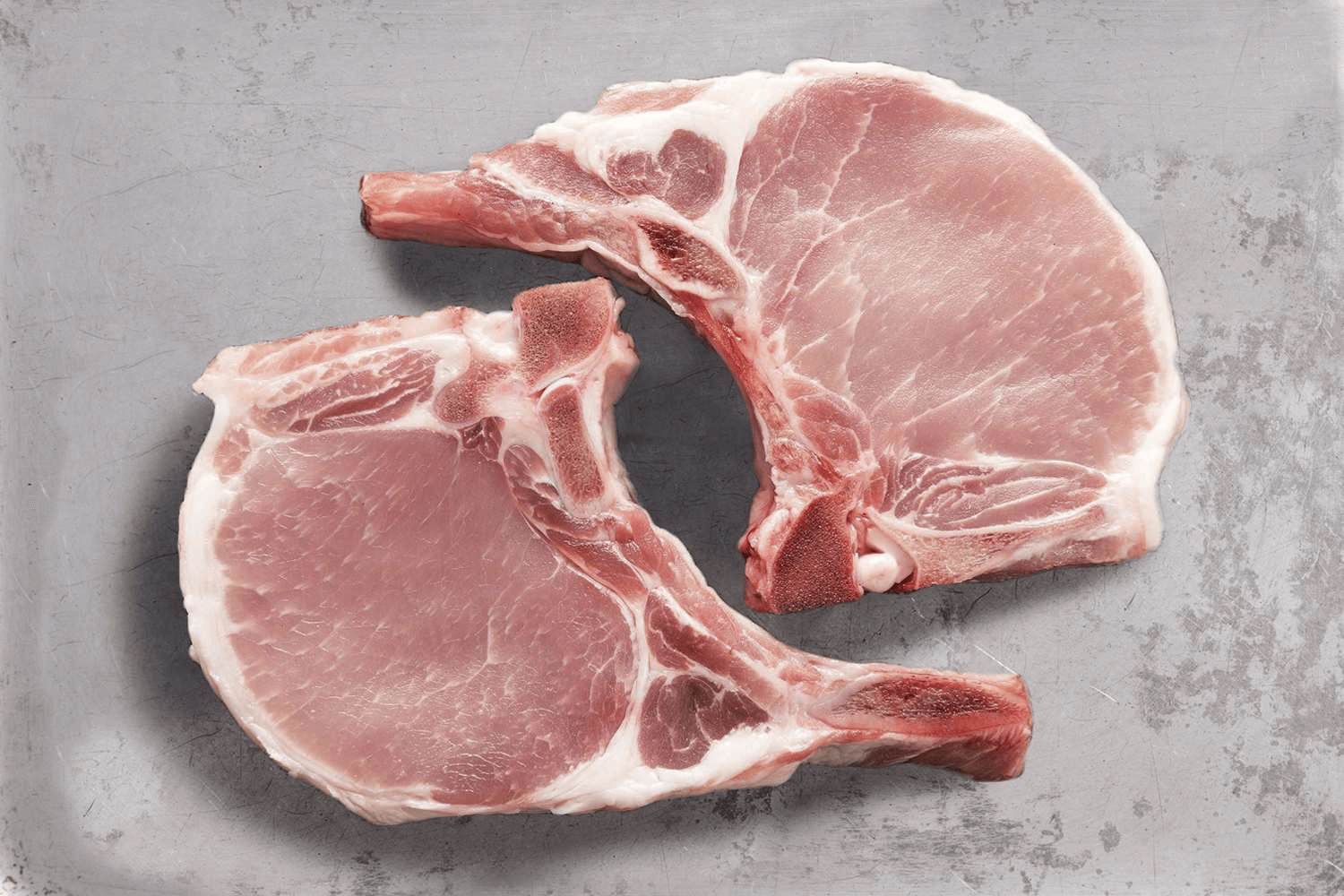
Family dinners? There are so many dishes you can do with these pork cutlets.
As we learned earlier, both meats offer admirable nutritional value. However, it’s important to be mindful of potential drawbacks as well. Remember that anything in excess can have unfavourable effects on your health.
Saturated fat and cholesterol have been linked to an increased risk of heart disease when consumed in excess. Sure, pork tends to be generally leaner than beef, with some cuts like pork tenderloin being very low in fat. However, fattier cuts like pork belly can be quite high in saturated fat.
Beef also varies greatly depending on the cut. Lean cuts like flank steak are lower in saturated fat, while ribeye and other marbled cuts are higher. Below are some cooking practices you can follow to minimise saturated fat and cholesterol and therefore help avoid health risks:
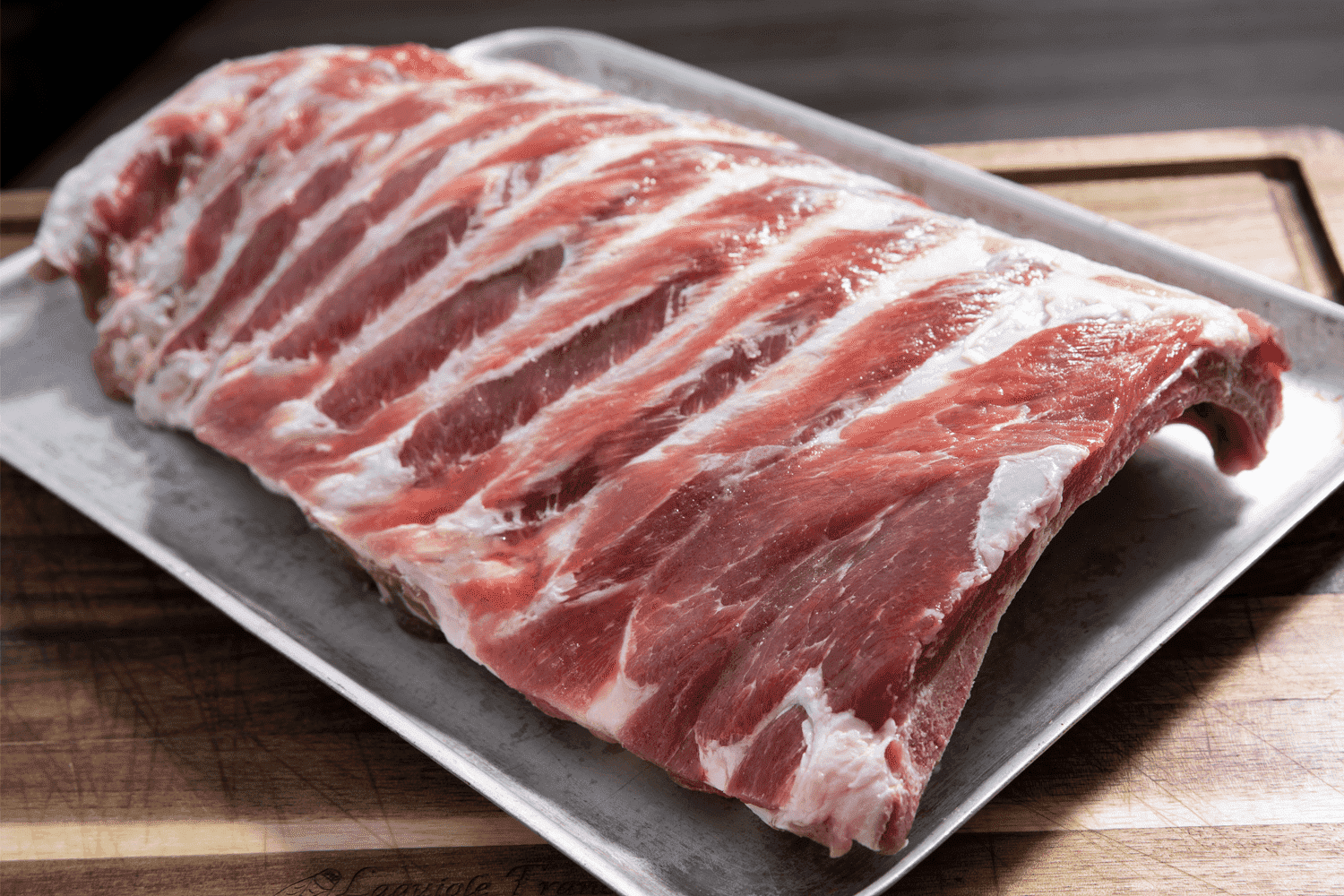
What to do with these pork ribs? Check out the Manettas recipe page.
Making smart choices about cuts and cooking methods can help you enjoy the benefits of pork and beef while keeping your health in mind. Here are some tips for incorporating lean cuts of pork and beef into a healthy diet:
| More health considerations: It’s not just about the cut of meat, but also about portion size. A healthy serving of cooked pork or beef is typically around 3-4 ounces, about the size of a deck of cards. |
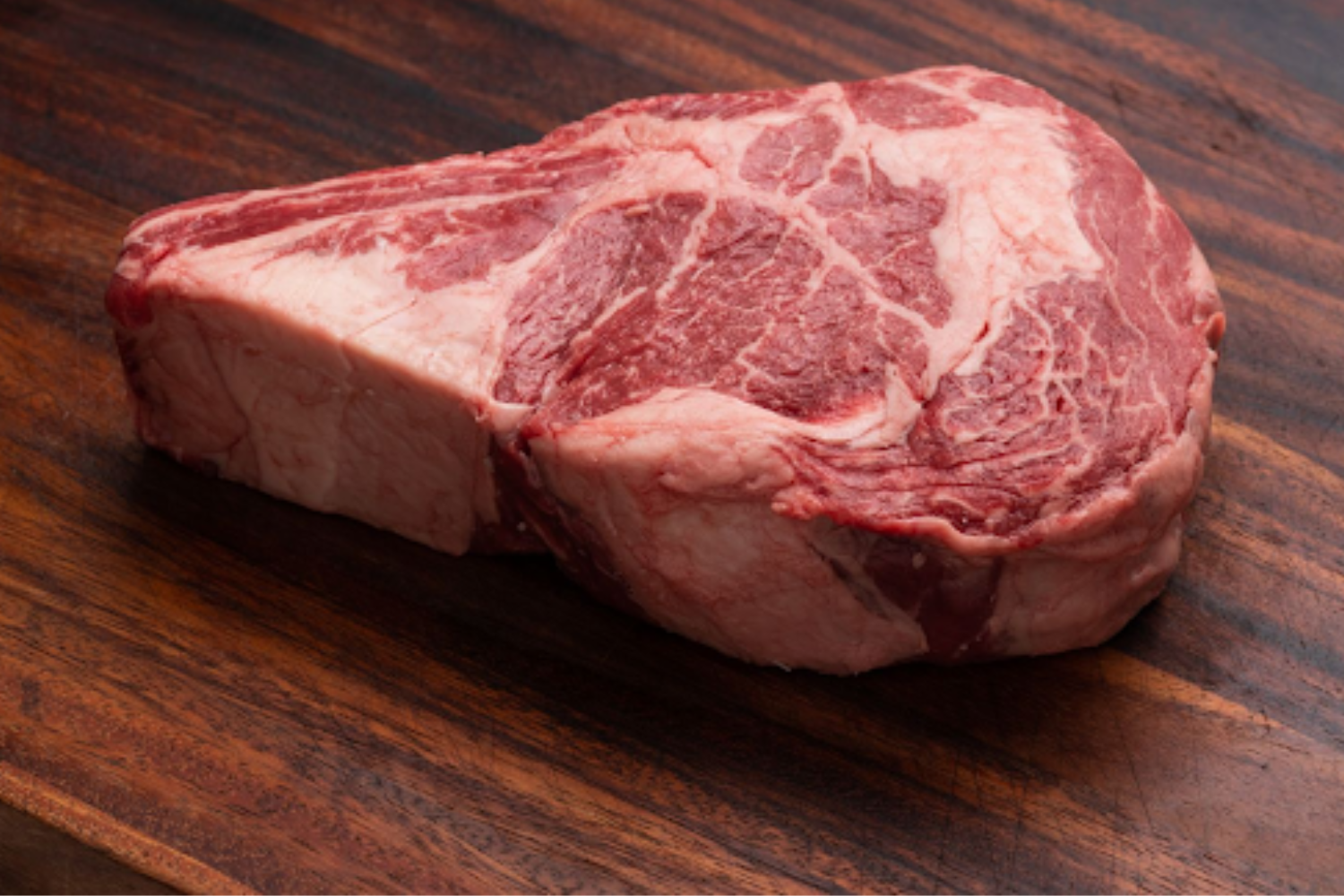
Here are some additional factors that can influence the price of pork and beef:
Both pork and beef are widely available, although there might be some regional variations when it comes to specific cuts. Here are some things to keep in mind regarding availability:
While brick-and-mortar grocery stores are a convenient source for pork and beef, online retailers are offering some compelling advantages.
Online markets like Manettas offer a wider selection of cuts compared to your local store. You might be able to find specialty cuts, ethically sourced meats or specific types of meat like heritage breed pork or Wagyu beef. Furthermore, some online retailers focus on providing high-quality meats with stricter quality control measures.
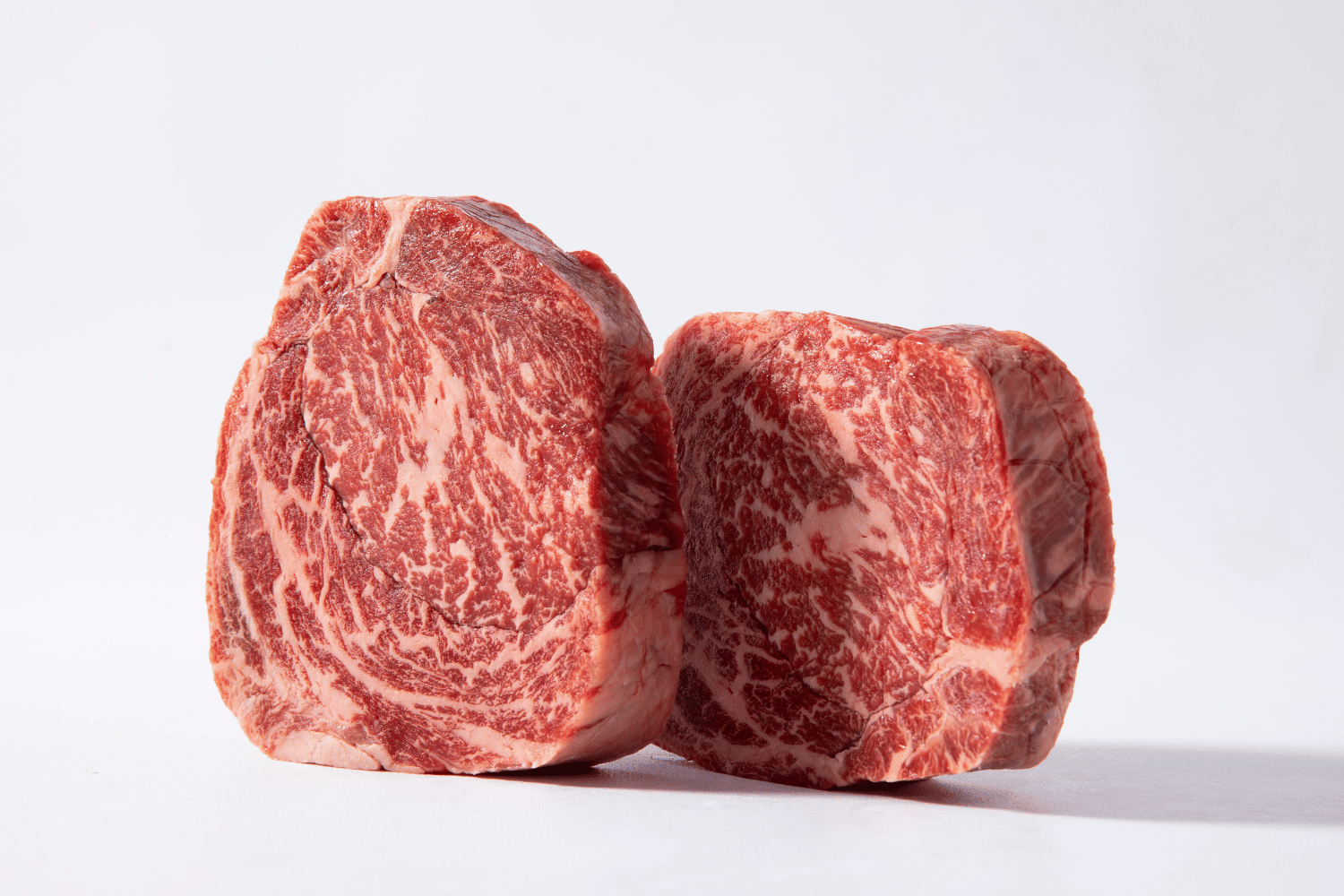
Wagyu Scotch fillets: Talk about a prime cut of beef
Purchasing meat online is undeniably more convenient. Many online retailers offer doorstep delivery, saving you a trip to the grocery store. This is a real time-saver for people with busy schedules.
With online markets, you have the luxury of comparing prices with just a few clicks. This way, you can find the best deals fast. Don’t forget to factor in shipping costs when comparing prices.
Whether you choose pork or beef, it’s important to include them in a balanced diet that also consists of fruits, vegetables and whole grains. And as with anything, consume in moderation.
Want fresh pork or beef delivered to your doorstep? Explore different cuts via Manettas and order today!